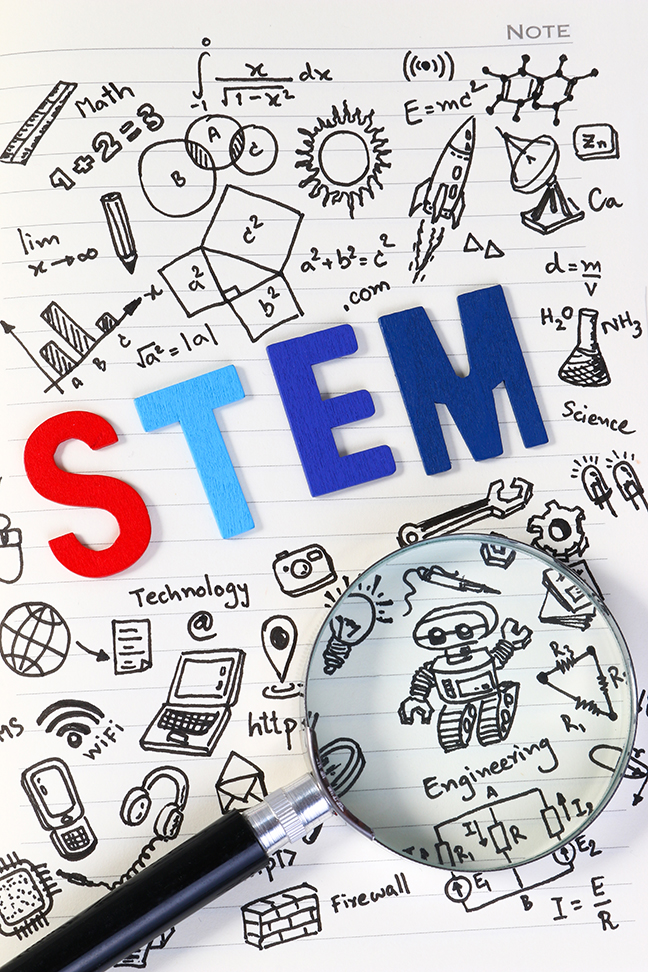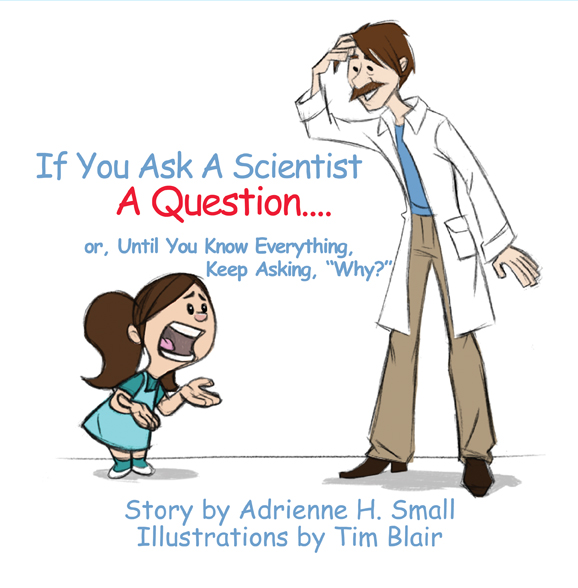Do you S.T.E.M.? Maybe you S.T.E.A.M.? Perhaps you are not really sure what either of these acronyms even stand for? Learning about science, technology, engineering, and math (STEM) has moved to the forefront in the field of education and is now a common selling point for everything from computer products, to toys, to camp themes. If you also have endeavors that feature artistic and creative skills, an ‘A’ for Art may be added and that’s how we get, STEAM.
Now that you know what it is, here is an explanation on how it is presented. Education today is no longer about memorizing facts and acquiring knowledge, which are readily available at the click of a button. Integration is key for both STEM and STEAM. Subjects and skills are taught in a style that resemble real life, reflecting the way we work and live. Critical thinking, evaluating information and applying it to solve problems are skills our children need to have.

Why STEM Education is important may be clear, but this quote from the National Science Foundation succinctly sums it up;
“In the 21st century, scientific and technological innovations have become increasingly important as we face the benefits and challenges of both globalization and a knowledge-based economy. To succeed in this new information-based and highly technological society, students need to develop their capabilities in STEM to levels much beyond what was considered acceptable in the past.”
Educators at schools and families at home are who can provide lessons and experiences in the STEM/STEAM realms. Teachers combine skills as part of an integrated whole rather than individual subjects, and lessons are project or inquiry based. STEM activities embrace the 4 Cs identified as key in 21st Century education: Critical Thinking, Creativity, Collaboration, and Communication.
At Happy Valley Elementary in Lafayette, Third Grade Teachers have embraced adding STEM Challenges into their lesson planning. Cindy Fisher, a veteran teacher of 33 years and the Lafayette School District’s Teacher of the Year says, “As a third grade team, we have been doing monthly STEM challenges for the past three or four years. We love the STEM challenges because our students work together in teams to solve problems. They share their ideas as they experiment and create solutions to the monthly challenge. First, they plan their project independently. Next, as a team they use the supplies to design the project and then, reflect on it discussing changes they would make.”
Mrs.Fisher received a Donor’s Choose STEM grant this year and has used some of her Teacher of the Year money to purchase STEM supplies.
“My students enjoy time creating, building, and experimenting using the various supplies that I received through the Donor’s Choose STEM grant money.” Thanks to these creative teachers, Happy Valley Third Graders do S.T.E.M.!
At home, families can foster a love of STEM/STEAM by encouraging children to ask questions and explore the world around them. Children are naturally curious and trips to places like the Exploratorium, Lindsay Wildlife Experience and I Heart Art are just a few family destinations that can spark science and creativity interests.
Many engaging children’s books can model curiosity, too. If You Ask a Scientist a Question is about by a child whose simple question, “Why is the sky BLUE?” illustrates the expansive nature of science. Through the story, one scientist after another takes part in providing the background for the explanation, bringing the reader to the center of our solar system and then back to the final page and an answer, which leads to yet another question!
March is especially conducive to STEM activities due to the 14th day of the month resembling the first three digits of Pi, the number you get when dividing a circle’s circumference by its diameter: 3.1415926535… (generally rounded to 3.14 or 3/14)*.
Representatives in a 2009 ceremony voted to encourage schools and educators to observe March 14th as Pi Day, with activities that teach students about Pi and engage them in the study of mathematics. March 14th also happens to be the birthdate of one of the world’s greatest scientist, Albert Einstein. So, both Math and Science can be celebrated on this day!
One of the quotes Albert Einstein is famous for is….
“The important thing is not to stop questioning. Curiosity has its own reason for existing…”
So now, go forth and explore STEM/STEAM… and have a slice of pie!!

Order Adrienne Small’s new book,
“If You Ask a Scientist a Question”
Available now at Amazon and BarnesandNoble.com
*Here is an interesting fact, Pi has no final digit and has been calculated to over two quadrillion decimal places and still there is no pattern to the digits!
Leave a Reply